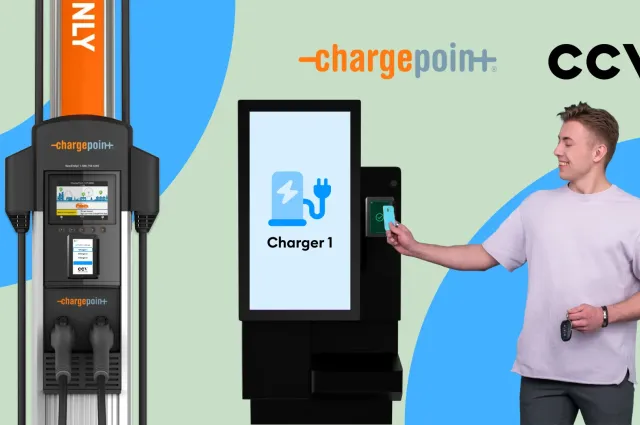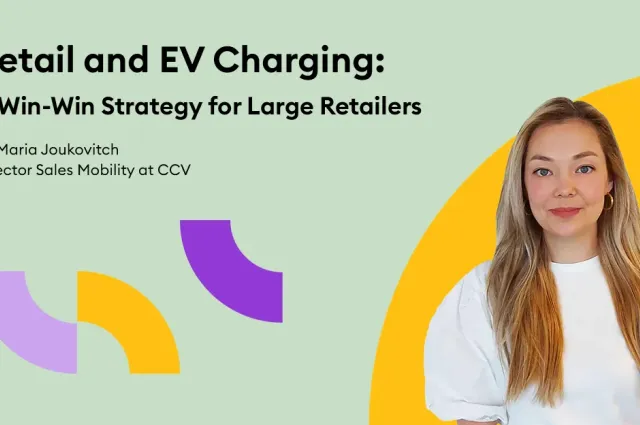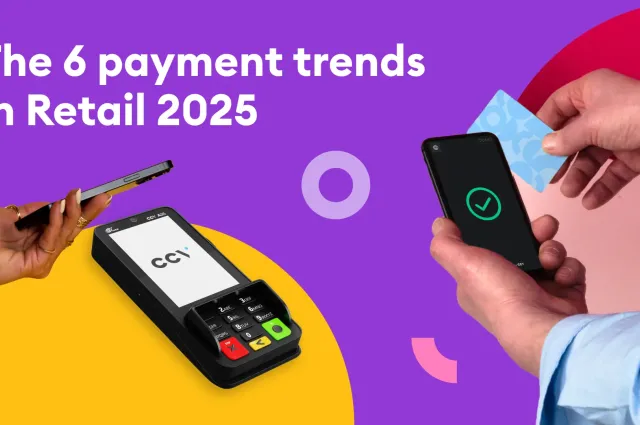Blogs

Payment trends - an interview with John Kolthof
In this interview with John Kolthof, we dive into the latest payment trends with a focus on self-service and e-mobility. Learn more now!

EV Charging & Payment Trends – Key Takeaways from the Nordic EV Summit 2025
Curious about what’s next in EV charging and payments? Maria and Pieter share what stood out at this year’s Nordic EV Summit in Oslo.

Streamlining EV Charging: One Kiosk for Multiple Station
The rapid growth of the electric vehicle (EV) market demands more efficient, flexible, and scalable charging infrastructure. For Charge Point Operators (CPOs), managing payments and ensuring a seamless user experience across multiple EV chargers can be a challenge.

Simplifying EV Charging Payments with OCPI and Cloud-Connect
As the electric vehicle (EV) market continues to expand, so does the complexity of managing charging stations and payments. The Open Charge Point Interface (OCPI) has emerged as a powerful tool for Charge Point Management Systems (CPMS) to streamline communication and interoperability across diverse charging networks.

Why PIN Entry Matters for UK EV Charging
As the UK transitions to a future dominated by electric vehicles (EVs), the demand for seamless and secure payment solutions at EV charging stations has never been more important.

Empowering Payment: Meet us at Power2Drive 2025
We eagerly anticipate the gathering of the e-mobility industry once more and extend a warm invitation for you to join us from 7 - 9 May 2025 at Messe München. Explore the forefront of EV-Charging and payment trends with us.

Fiserv Acquires CCV
MILWAUKEE, WI and ARNHEM, THE NETHERLANDS, March 19, 2025 — Fiserv, Inc. (NYSE: FI), a leading global provider of payments and financial services technology today announced that it has acquired CCV, a payment solutions provider in the Netherlands, Belgium and Germany, demonstrating continued focus on driving growth in the European market.

Upcoming workshops for integrators in 2025
Want to seamlessly integrate our payment solutions into your machines? Join our exclusive remote workshops.

CCV at Webwinkel Vakdagen 2025
Discover the future of e-commerce and online payments with Twikey and Level Level!

EuroCIS 2025: Event recap
EuroCIS 2025 has once again proven why it stands as Europe’s leading trade fair for retail technology. Held from February 18 to 20 in Düsseldorf, Germany, this year’s event welcomed over 14,000 trade visitors from 95 countries, eager to explore cutting-edge innovations from 500 exhibitors representing 37 nations. Many of our valuable partners were able to visit us at our booth.

The modern retail payment journey with CCV
Let’s walk through a typical customer journey at a supermarket, powered by CCV’s cutting-edge payment solutions.

CCV & Rubean: Shaping the future of payments together with our own SoftPOS solution.
In partnership with Rubean, CCV has developed its own SoftPOS solution, “CCV PhonePOS” – the smart solution for contactless payments using your own smartphone. At the same time, it is currently the only SoftPOS solution that supports girocard acceptance.

Future-Proofing EV Charging
How Cloud-Based Payment Solutions Empower CPOs

Retail and EV Charging
EV charging represents a major opportunity for large retailers looking to enhance customer experience, drive sustainability initiatives, and unlock new revenue streams. Learn more!

6 Payment Trends in Retail 2025
Discover how six trends in payment not only transform the retail sector, but also contribute to a better customer experience, increased efficiency and added value for both consumers and retailers.

CCV’s Upcoming Events and Fairs
Over the next 6 months, we’ll be attending some of the industry’s most influential events and fairs. Here’s where you can find us.